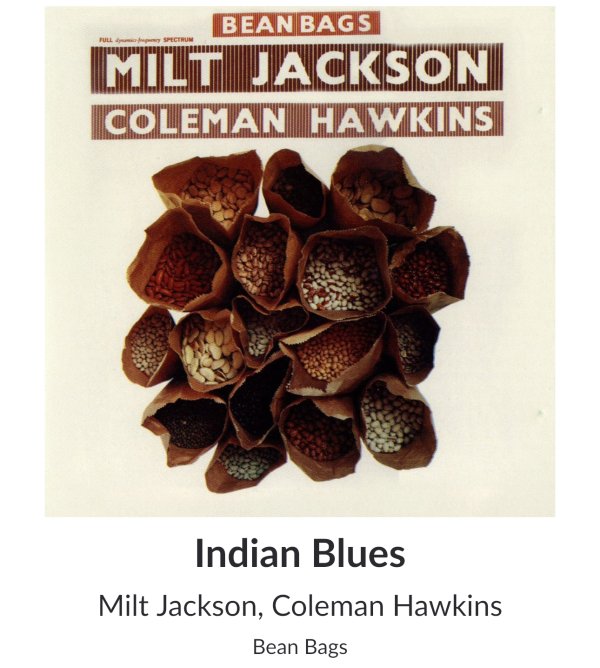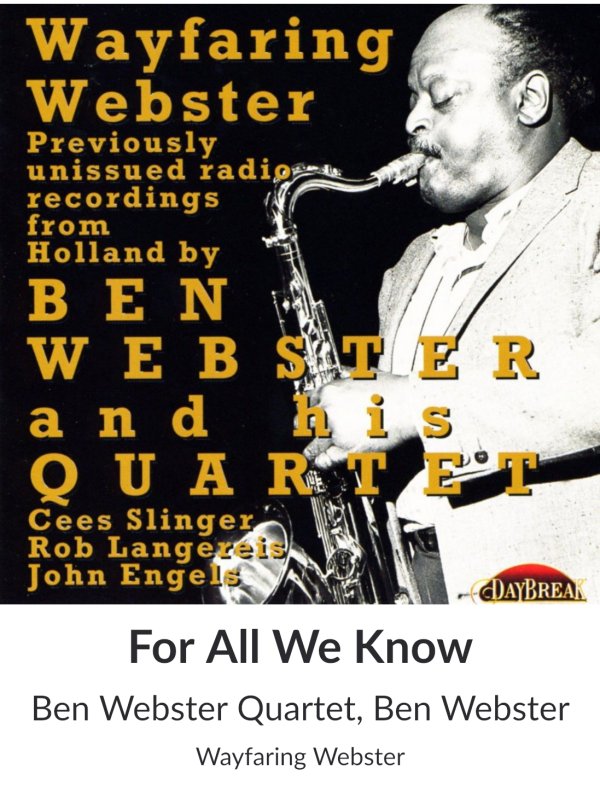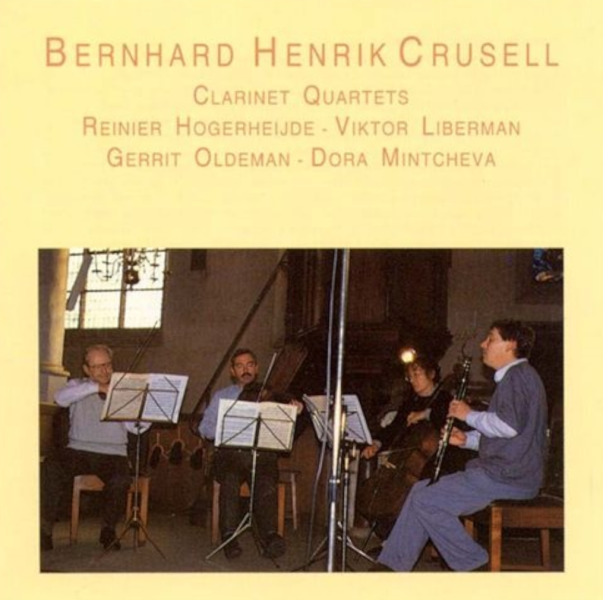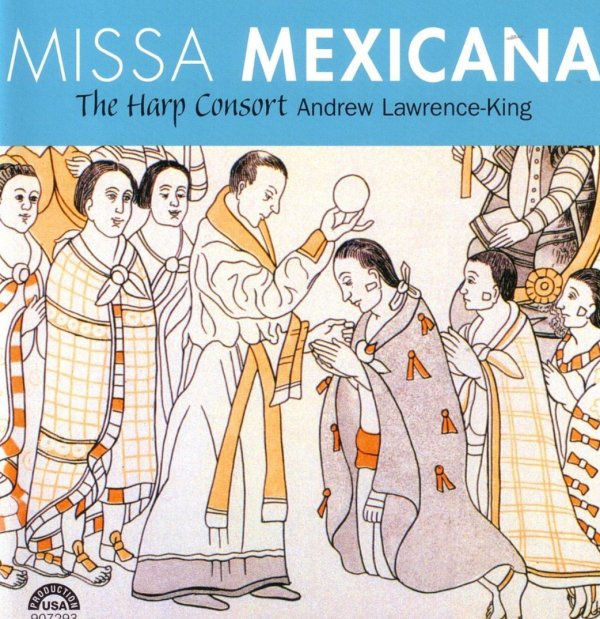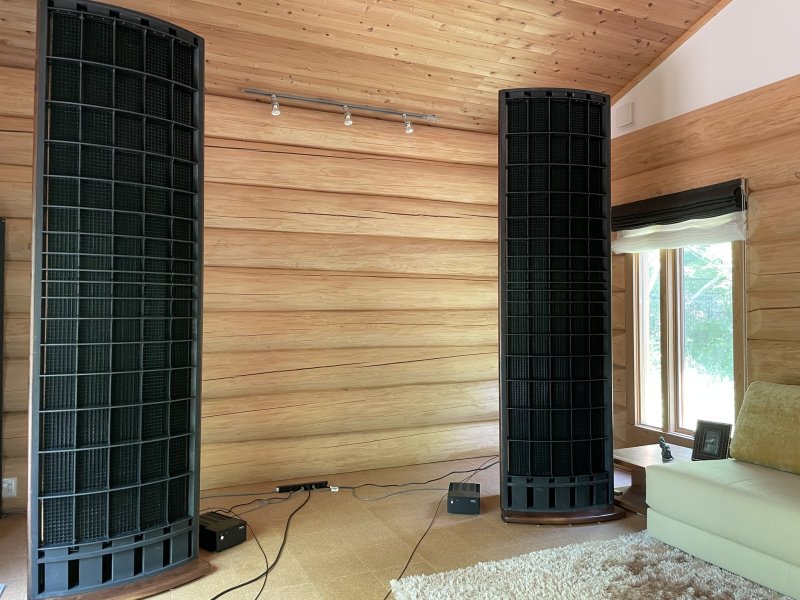I tried a few class D types to have a 'cool running' system for the summer. They have come a long way from the dusty, uninvolving class D that I remember from the day and at shows. I got the cheapest class D GanFet type, the mini Gan 5, used, and I am shocked at how good it sounds. Big soundstage, incisive, pleasing to listen to, highly detailed, decent depth, very 'fast' sounding. It has nominal power, too for the adamant power hogs.
The mini Gan 5 was roundly trashed by Amir at ASR due to measuring glitches, and the objectivist hyenas kind of finished the job because nobody there is ALLOWED to discuss subjective sound quality, but this little amp is the real deal in sound quality. It has the dynamic open-ness reminiscent of single ended tubes in the upper midrange, and a sound stage without compression or barrel distortion, although it does have its own sound and is not strictly comparable.
I think that single ended, fleas, class A Mosfet still are competitive because the mini Gan 5 is kind a 'literal' amp, and other types still have some liquidity and charm, and transmitting tube types have that organic wholeism, but I do think the little Gan thingie puts just about any class AB BJT bipolar type I have ever heard to bed.
Interesting , never experienced a class D do that to every BJT amplifier i have ever heard..!















